10 Dec The Lifespan of HVAC Systems: A Tech Aspect
Understanding the dynamics of HVAC systems lifespan is critical for homeowners and investors in the real estate industry. Not only does this knowledge help optimize cost efficiency, but it also ensures your home environment remains comfortable throughout the year. Drawing on technical analysis, this paper delves into the intricate factors that impact the longevity of HVAC systems, stretching from the quality of units and installation process to usage patterns and maintenance practices. For the tech buffs, this piece offers an exciting exploration of how technology is shaping the future of HVAC systems, through energy efficient designs, smart thermostats, and automation. Equally salient is the subject of predictive maintenance technology in HVAC systems, revealing how innovations like IoT sensors, data analysis and AI are enabling homeowners to preempt potential system faults and elongate HVAC lifespan.
Factors Impacting the Lifespan of HVAC Systems
When evaluating the lifespan of an HVAC (Heating, Ventilation, and Air Conditioning) system, multiple technical factors come into play. A primary determinant is the quality of the system’s installation. A well-executed installation ensures optimal performance and minimizes the undue strain that hastens wear and tear. It establishes a solid base for system longevity. Absence of skilled installation services can result in numerous inadequacies, including incorrect unit size or a poorly sealed duct system, both of which can overwork an HVAC system, drastically reducing its effective lifespan.
Technology takes center stage again when you consider the maintenance of HVAC systems. Regular and sophisticated maintenance techniques can exponentially enhance system durability. With the advent of smart technology and IoT (Internet of Things), HVAC maintenance has been elevated to a whole new level. These advancements facilitate predictive maintenance – a strategy that leans on continuous monitoring and data analysis to predict when a component might fail. Such forewarning can prevent costly emergency repairs and mitigate premature system deterioration. Even simpler elements like programmable thermostats can extend the life by ensuring the system is not over or underworked.
A highly contributing technical factor is the actual quality of the HVAC unit. High-performance units composed of quality components may require a significant initial investment, but will often prove more cost-effective in the long run, as they are more inclined to present fewer issues, thus extending the lifespan. Units with SEER (Seasonal Energy Efficiency Ratio) ratings of 16 or higher typically offer superior durability, as they execute optimal efficiency coupled with advanced technology. Technology remains a pivotal influencer on the lifespan of an HVAC system. Embracing it opens the door to maximizing this lifespan and ensuring a comfortable, efficient environment.

Technological Advancements and HVAC Lifespan
Utilizing advanced sensor technology is another avenue that can significantly extend the lifespan of HVAC systems.
In the past, the failure of HVAC components often went unnoticed until a total system breakdown occurred.
With the latest sensor tech, sensors can now be implemented in the equipment to continuously monitor all aspects of system performance.
The advantage here is twofold.
First, it allows for early detection of issues that, if left unattended, could result in costly repairs or even replacement.
Secondly, the real-time data available makes it easier for technicians to make necessary adjustments or repairs, leading to improved longevity.
Artificial intelligence (AI) and machine learning are also playing pivotal roles in the ongoing revolution of HVAC system lifespan extension.
Through these advanced implementations, HVAC systems can self-monitor, self-regulate, and learn from the data collected to enhance their operation and performance continually.
They can adapt automatically to changes in weather conditions, building occupancy, and even predict potential faults before they happen.
Consequently, this maximizes efficiency, saves energy, minimizes the risk for unexpected breakdowns, and ultimately prolongs the lifespan of these systems.
This AI-driven approach is truly transformative, changing how we view and interact with HVAC systems, making them more of a proactive component in homes and offices, rather than a reactive one.
In conclusion, new technologies like advanced sensor tech, AI, and machine learning are game-changers in the HVAC industry.
They not only improve efficiency and energy conservation but also enhance system longevity by enabling routine, sophisticated maintenance and early fault detection.
The adoption of these technologies is certainly the future for forward-thinking individuals who value practicality and sustainability in their living or workspaces.
The continued innovation in this sector is a testament to how technology can solve complex issues, automate processes, and significantly enhance life’s quality.

Predictive Maintenance and HVAC Lifespan
Predictive maintenance technology has effectively revolutionized the HVAC industry, especially in the realm of HVAC lifespan enhancement. Sensor technology, for instance, is radically changing the way HVAC systems function. These advanced sensors constantly monitor the system, detecting any potential issues early before they escalate into significant problems. This immediate information relay to technicians allows for swift adjustments and timely repairs, inhibiting the aggravation of minor issues into potentially costly repairs. By catching potential problems early on, the overall lifespan of the HVAC system receives a considerable boost.
One of the significant contributors to this revolution is Artificial Intelligence (AI) coupled with Machine Learning. With AI-driven HVAC systems, we are stepping into an era of self-monitoring and self-regulating HVAC units. Their ingenious capability of adaptation to changes in weather conditions and building occupancy patterns further enhances efficiency and reduces unnecessary strain on the system, thus extending its operating life.
As AI and Machine Learning further their stronghold, predictive fault detection has entered the fray. By predicting potential faults before actualizing, it provides ample time for preventative mitigations. This early problem identification and rectification leads to maximized efficiency, energy conservation, and significantly reduces the risk of spontaneous breakdowns. These advancements are turning HVAC systems proactive rather than reactive, signaling the dawn of a new era in HVAC maintenance, that is every tech enthusiast’s dream come true.
In ending, the future of HVAC systems is not just about programmable thermostats or high-performance units with quality components. It’s more about integrating cutting-edge technologies to create practical, sustainable solutions that prolong the life span of HVAC systems. HVAC industry’s future is bright and ripe with opportunities, all thanks to the continuous wave of innovation. Indeed, technology adoption for improved efficiency, energy conservation, and enhanced system longevity seems to be the unavoidable path forward. It perfectly dovetails with the ethos of tech enthusiasts who are always looking to solve problems and make life easier through technology.
From the installation process to embracing emerging technology, numerous factors have a profound impact on the lifespan of HVAC systems. It is clear that continuous advancements in technology, energy-efficient designs and pivotal features like smart thermostats, are instrumental in not only enhancing performance efficiency but also stretching the system’s lifespan significantly. By harnessing predictive maintenance technologies, such as IoT sensors and AI, we can pinpoint potential issues and solve them proactively, thus adding to the longevity of the HVAC system, ensuring comfort for individuals, and providing cost-savings. This enables us to work towards a future where we completely understand the rhythm of our HVAC systems, deliver high-end efficiency, and cultivate an environment-friendly legacy for the coming generations.


Sorry, the comment form is closed at this time.